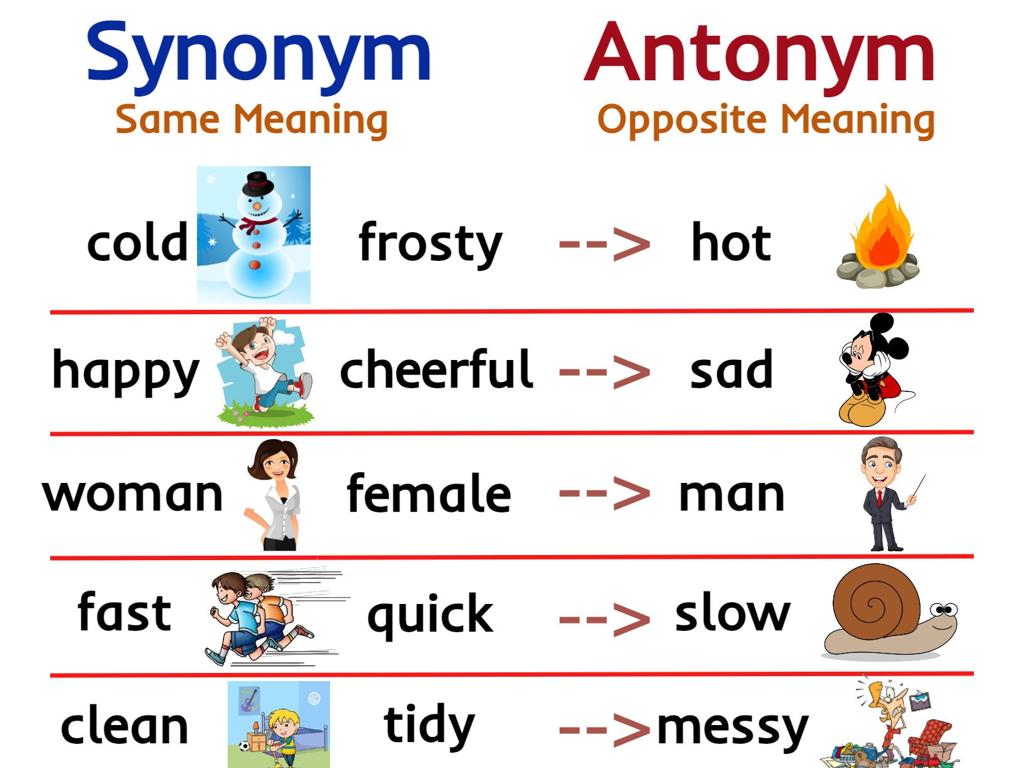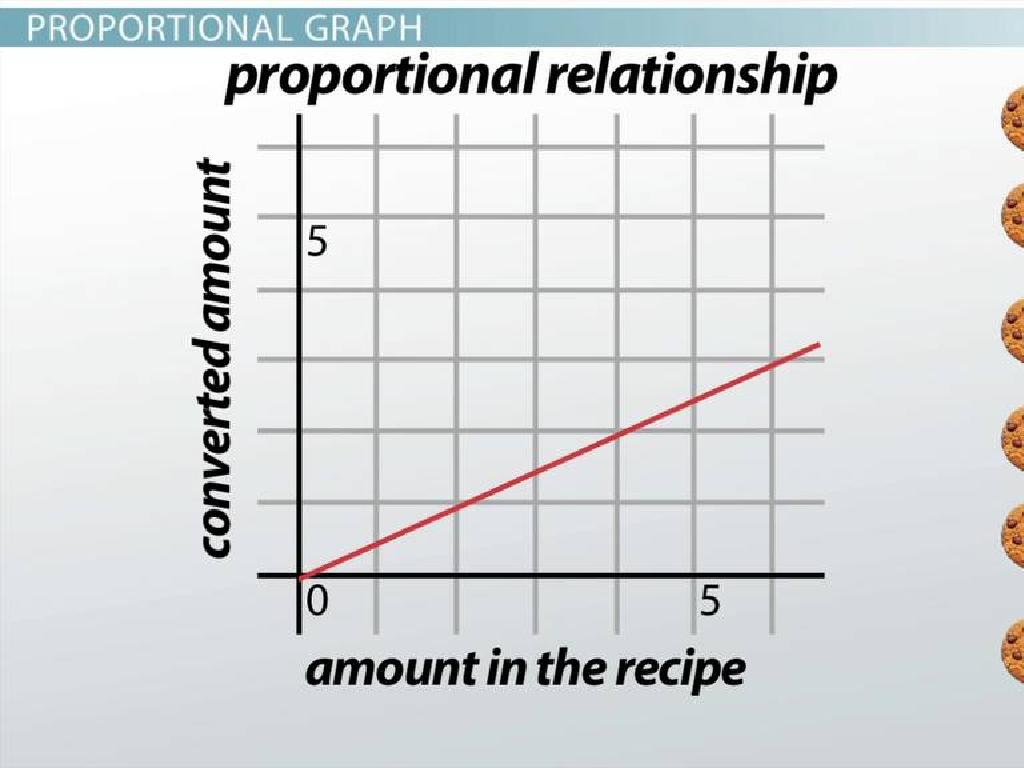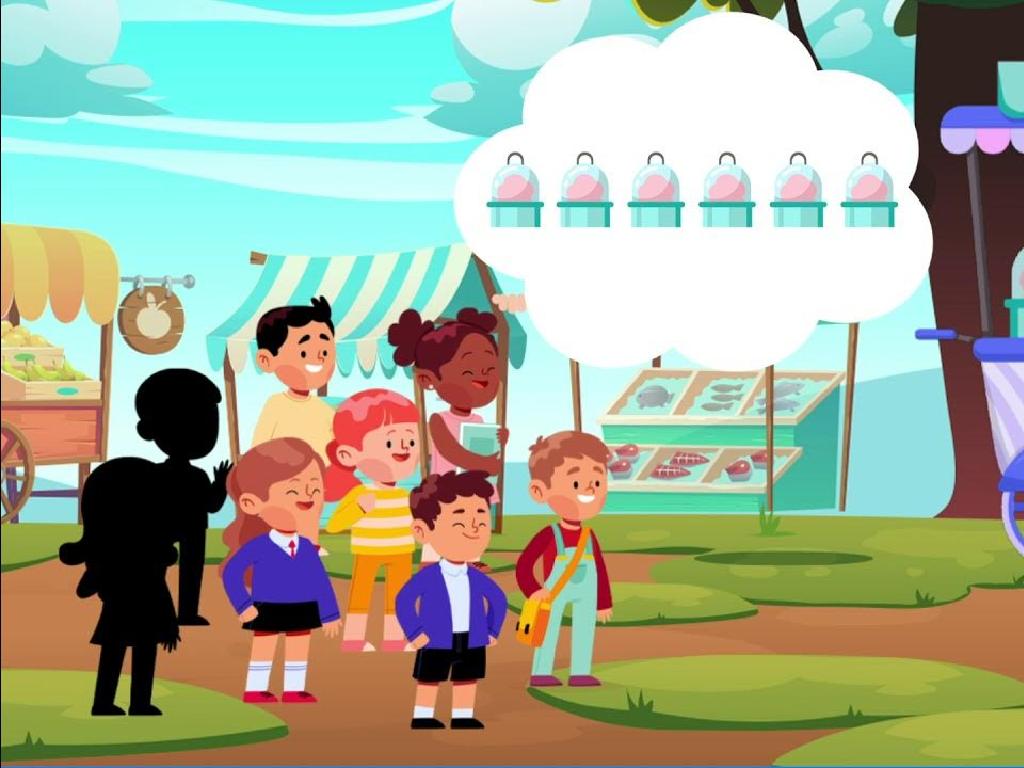Divide 2-Digit Numbers By 1-Digit Numbers: Interpret Remainders
Subject: Math
Grade: Fourth grade
Topic: Division Word Problems
Please LOG IN to download the presentation. Access is available to registered users only.
View More Content
Welcome to Division: Understanding Remainders
– Today’s focus: Divide 2-digit by 1-digit
– Remainders in everyday life
– Like sharing 5 apples with 2 friends, what’s left?
– Solve division problems with remainders
– Use division to find out how many each person gets and what is left over
– Apply knowledge to real scenarios
– Practice with examples like pizza slices or storybook pages
|
This slide introduces students to the concept of division with remainders, a key skill in 4th-grade math. Begin by explaining that division is a way to share things equally and that sometimes, things don’t divide evenly, which is where remainders come into play. Use relatable examples such as dividing treats among friends or pages in a book to read each night. The objective is for students to understand how to solve word problems that involve dividing 2-digit numbers by 1-digit numbers and interpreting the remainders in the context of the problem. Encourage students to think of situations in their lives where they have to share things equally and discuss what happens if there’s something left over. This will help them grasp the concept of remainders in a practical way.
Understanding Division: Sharing Equally
– Division: Sharing into equal parts
– Key Vocabulary: Dividend, Divisor, Quotient, Remainder
– Dividend: number being divided. Divisor: number you divide by. Quotient: result. Remainder: what’s left over.
– Example: 20 ÷ 4 = ?
– 20 is shared equally into 4 groups, how many in each?
– Interpreting Remainders
– Sometimes division doesn’t split evenly, the remainder is what doesn’t fit into the equal groups.
|
This slide introduces the concept of division to fourth graders by relating it to the idea of sharing or grouping items into equal parts. Start by explaining the key vocabulary terms: dividend (the number being divided), divisor (the number you are dividing by), quotient (the result of division), and remainder (what is left over if the division isn’t even). Use the example of dividing 20 by 4 to illustrate these terms in a concrete way. Emphasize that sometimes when we divide, everything doesn’t split up evenly, and we have a remainder. Encourage students to think of real-life situations where they have to share things equally and may have leftovers, like sharing snacks or dividing up toys among friends.
Dividing 2-Digit by 1-Digit Numbers
– Let’s divide 56 by 3
– Dividing 56 by 3, how many times does 3 fit into 56?
– Count groups of 3 in 56
– How many full groups of 3 are in 56?
– Use long division method
– Write 56 under the division bracket, 3 outside, and find how many times 3 goes into 56
– Understand quotient and remainder
– Quotient is the number of times 3 fits into 56, remainder is what’s left over
|
This slide introduces students to the concept of dividing 2-digit numbers by 1-digit numbers and interpreting remainders. Start by presenting the problem of dividing 56 by 3. Guide the students to visualize the division as making groups of 3 from the number 56 and counting how many groups they can make. Then, demonstrate the long division method on the board, showing each step clearly. Explain that the quotient is the number of complete groups of 3, and the remainder is what’s left after making these groups. Encourage students to practice with different numbers and to understand that remainders are a natural part of division when numbers do not divide evenly.
Interpreting Remainders in Division
– Remainders after division
– What’s left after sharing equally
– Context determines remainder use
– Ignore, round up, or use the remainder
– Example: Dividing cookies
– 25 cookies shared by 4 friends equals 6 cookies each, with 1 cookie remaining
– Deciding what to do with remainders
– Do we share the last cookie, save it, or give it to someone?
|
This slide introduces students to the concept of remainders in division problems. It’s important to explain that a remainder is what’s left over after dividing a number as evenly as possible. Depending on the scenario, students will learn that remainders can be dealt with in different ways: they can be ignored if they’re not significant, rounded up if we need a whole number result, or fully used if the context allows for it. For example, when dividing 25 cookies among 4 friends, each friend gets 6 cookies, and 1 cookie is left over. The class can discuss what to do with the remaining cookie, which will help them understand the practical implications of remainders in everyday situations.
Division Word Problems: Interpreting Remainders
– Divide 47 stickers for 5 students
– Calculate stickers each student gets
– Each student gets 9 stickers
– Determine the remaining stickers
– 2 stickers are left after division
– Discuss remainder interpretations
– Could represent leftover stickers or need for more to distribute evenly
|
This slide is aimed at practicing division with remainders. Start by solving the problem together: 47 divided by 5 equals 9 with a remainder of 2. This means each student gets 9 stickers, and 2 stickers are left. Discuss with the class what the remainder represents in real-life situations. For example, the 2 remaining stickers could be kept by the teacher, or perhaps more stickers are needed so that each student can have an equal amount. Encourage students to think of different scenarios where remainders play a role and how they would handle the leftover items. This exercise will help students understand that remainders must be considered carefully to ensure fair distribution in practical situations.
Let’s Practice More: Division with Remainders
– Solve worksheet division problems
– 3 problems to complete individually
– Understand and interpret remainders
– If 25 cookies are shared among 4 kids, how many does each get, and how many are left?
– Think: What does the remainder mean?
– Does the remainder become a fraction, or is it part of the answer?
|
This slide is aimed at reinforcing the students’ understanding of division with remainders through individual practice. Provide a worksheet with 3 division problems that require students to divide 2-digit numbers by 1-digit numbers and interpret the remainders. Remind them that remainders are the part of the dividend that isn’t evenly divisible by the divisor. Encourage them to think about the context of a problem to decide what to do with the remainder: sometimes it’s the ‘leftover’ amount, other times it might be rounded up or down, or even written as a fraction. For example, if the problem involves dividing objects among people, the remainder can’t be split further and is just ‘leftover’. In the next class, discuss the different interpretations of remainders and how they apply to various scenarios.
Class Activity: Division Skit
– Form small groups for skit creation
– Develop a skit with a division problem
– Create a scenario where division is needed, e.g., sharing cookies
– Include a remainder in your story
– Show what happens with the leftover item
– Present and explain the remainder
– Discuss as a class what the remainder represents in the skit
|
This activity is designed to help students understand the concept of remainders in division through a creative and engaging method. Divide the class into small groups and assign them to create a short skit that includes a division problem with a remainder. Encourage them to think of everyday situations where division is necessary, such as dividing treats among friends. After the skits, each group will explain how they interpreted the remainder in their scenario. Possible activities: 1) Sharing 25 candies among 4 kids, 2) Dividing 15 apples between 2 baskets, 3) Splitting 18 stickers among 5 students, 4) Distributing 12 donuts to 3 officers. This will help students grasp the practical application of division with remainders and enhance their problem-solving skills.
Wrapping Up: Division with Remainders
– Congratulations on mastering division!
– Homework: Division Word Problems sheet
– Practice dividing 2-digit by 1-digit numbers
– Find remainders in each problem
– Remember, not all divisions are even!
– Share a problem in our next class
– Be prepared to explain how you solved it
|
Today’s lesson focused on understanding how to divide 2-digit numbers by 1-digit numbers and interpret remainders. For homework, students are tasked with completing a worksheet that reinforces this concept through various word problems. Encourage students to not only solve the problems but also to understand the significance of the remainder in each context. In the next class, students will have the opportunity to share one of the problems they worked on, discussing both their methodology and the outcome. This will help solidify their understanding and allow for peer learning. As a teacher, be prepared to address common issues that may arise when interpreting remainders and offer additional examples if needed.





